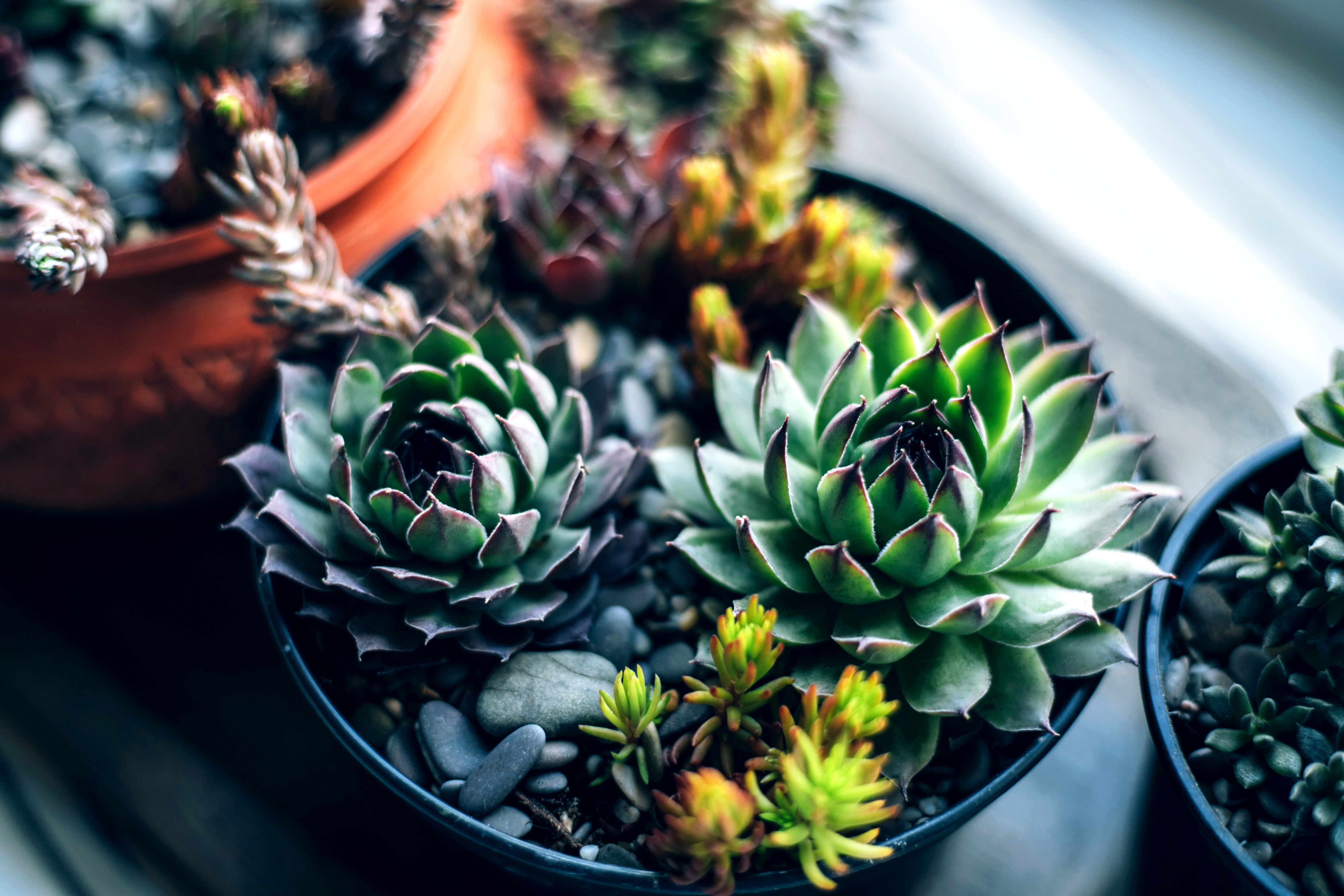
Are you fed up with your succulents looking sad? These water-storing plants, native to arid environments, are one of the easiest houseplants to care for thanks to their low-maintenance nature, but that doesn't mean they're invincible. When it comes to plant care mistakes, the likelihood is you're actually over-nurturing these houseplants.
Experts are quick to tell you that succulents are easy to care for, making them one of the best houseplants for beginners, but they do need special attention to look their best. Common mistakes like overwatering or insufficient light may have your precious plants looking limp, but with some easy changes, your succulents can be back to their best.
If you want to find out where you might be going wrong, here are the five most common succulent mistakes to avoid, alongside some expert-approved succulent support tips to help yours thrive.
1. Lack of Light
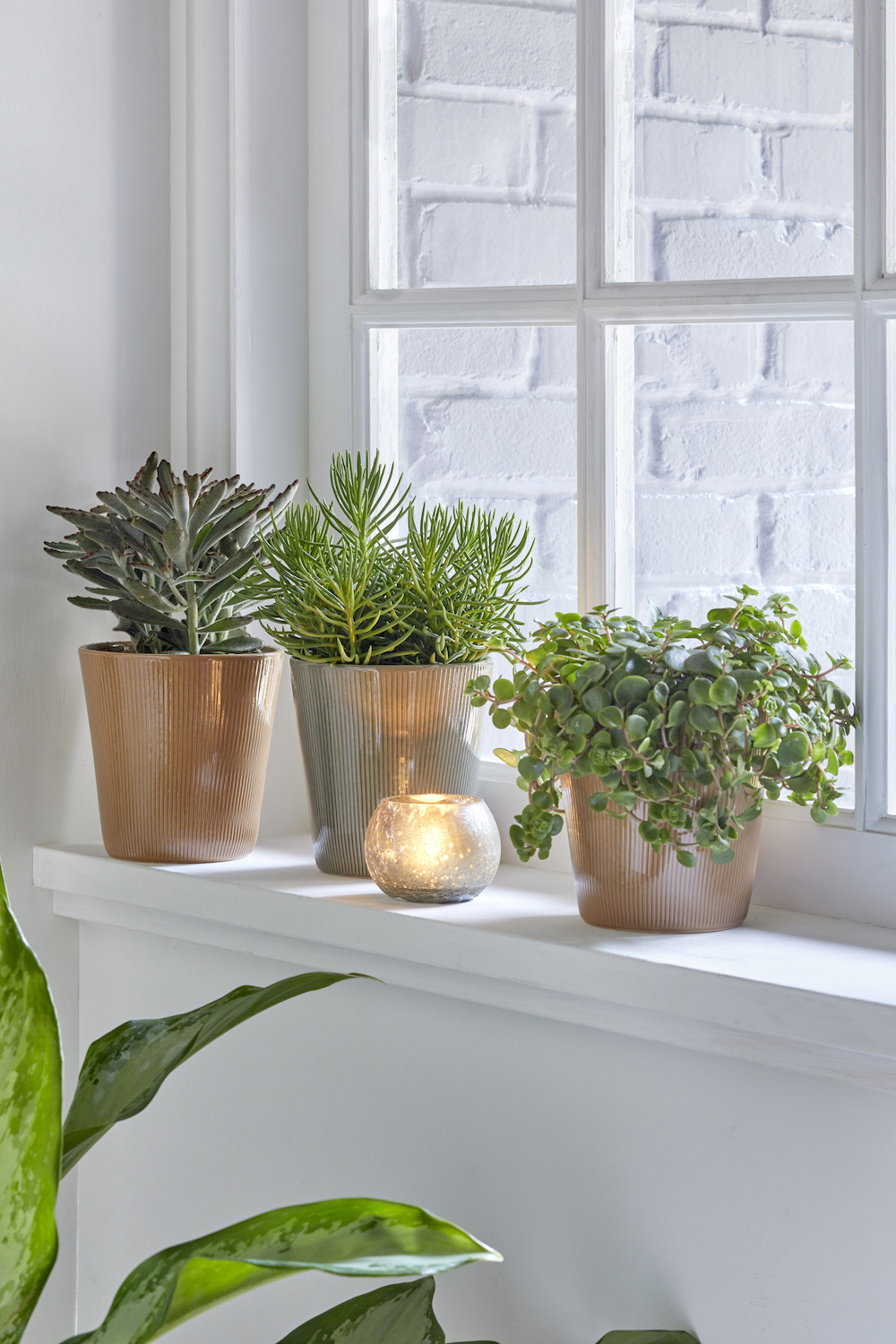
The most common succulent mistake is not providing enough light for indoor plants. While succulents may not be the best houseplants for North-facing spaces, there are plenty of ways around this, like placing them on a sunny windowsill.
'Succulents thrive in bright light,' says Richa Kedia, founder of Simplify Plants. 'If they start to stretch out or become leggy, they're likely not getting enough sunlight. To fix this, move them to a brighter location, but do so gradually to prevent a sudden shock to the plant'.
Succulents may also need more sunlight than expected, and a familiar faux pas is placing succulents too far away from a window. 'Succulents need at least six hours of direct sunlight a day, which they can really only get directly in a window that faces South,' says Paris Lalicata from The Sill. 'A Western window can also work, especially for succulents that don't mind as much direct sunlight, like Haworthia.'
If you don't have bright exposures that can provide direct sunlight for your succulents, Paris suggests using a grow light (like this one at Amazon). These lights naturally encourage plant growth, are affordable, and are easy to install, so are perfect for use in darker spaces.
2. Over or underwatering
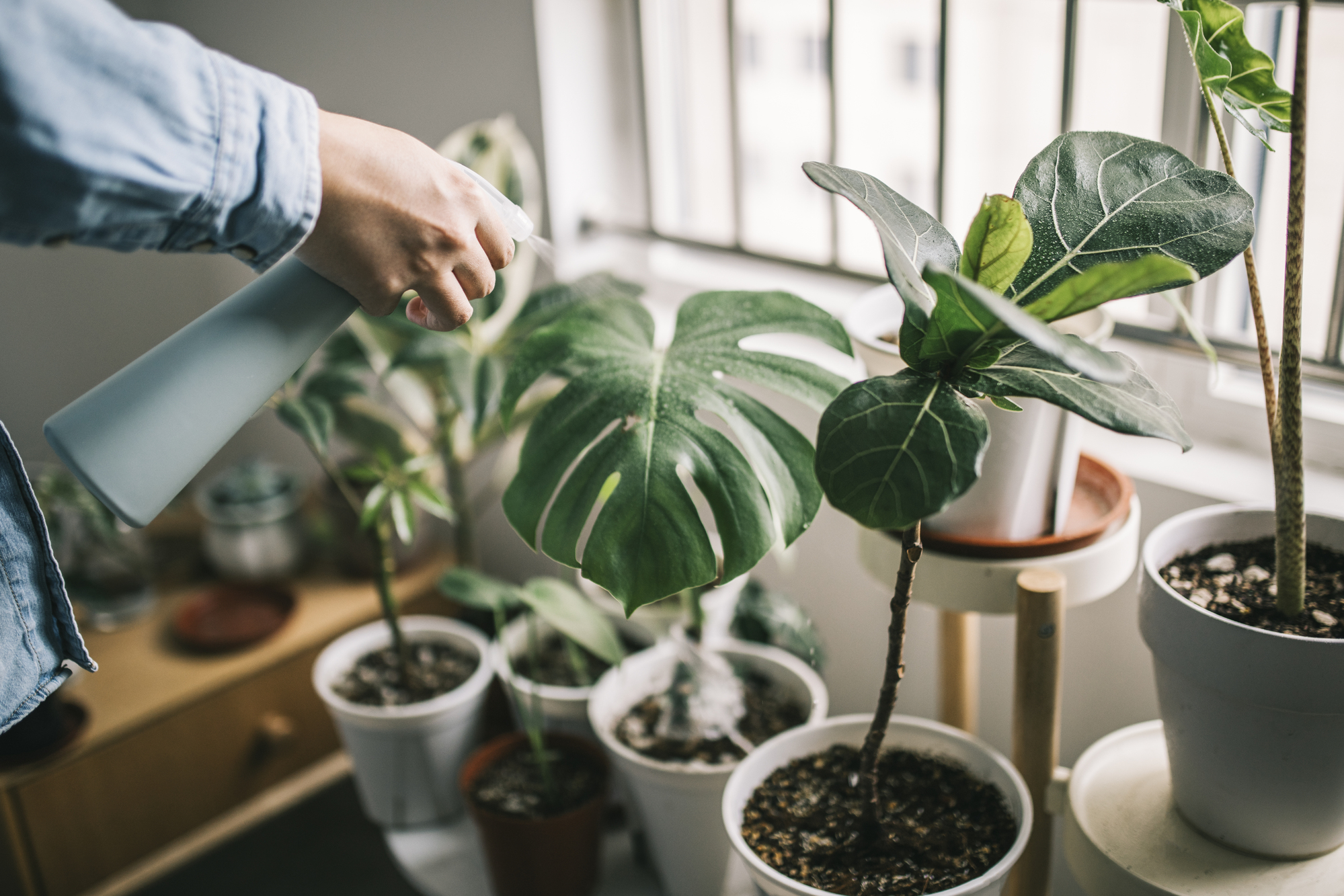
Another common succulent mistake is causing moisture stress to your plant, either by irregularly watering them or by over or underwatering, which can cause your houseplants to smell bad. It can seem tricky to know how often you should water your houseplants, but with the right knowledge, they'll thrive.
'Underwatering can cause a succulent to decline,' says Paris. 'There's a common misconception that since succulents are drought tolerant they only need a drop of water, but you should actually use the soak and dry method when it comes to watering them. Once the soil is completely dried out, you want to give it a thorough soak to evenly and thoroughly saturate the soil.'
On the other hand, it can be equally as easy to overwater your plants. 'The most common mistake is overwatering, which can lead to root rot,' says Richa. 'To prevent this, repot your succulents in well-draining soil and pots with drainage holes. Water only when the soil is completely dry.'
Try not to get too generous with the watering, and don't water your succulent too frequently. 'Overwatering can also happen if a succulent just isn't getting enough light,' says Paris, as this will cause moisture retention in the soil.
3. Using the wrong soil
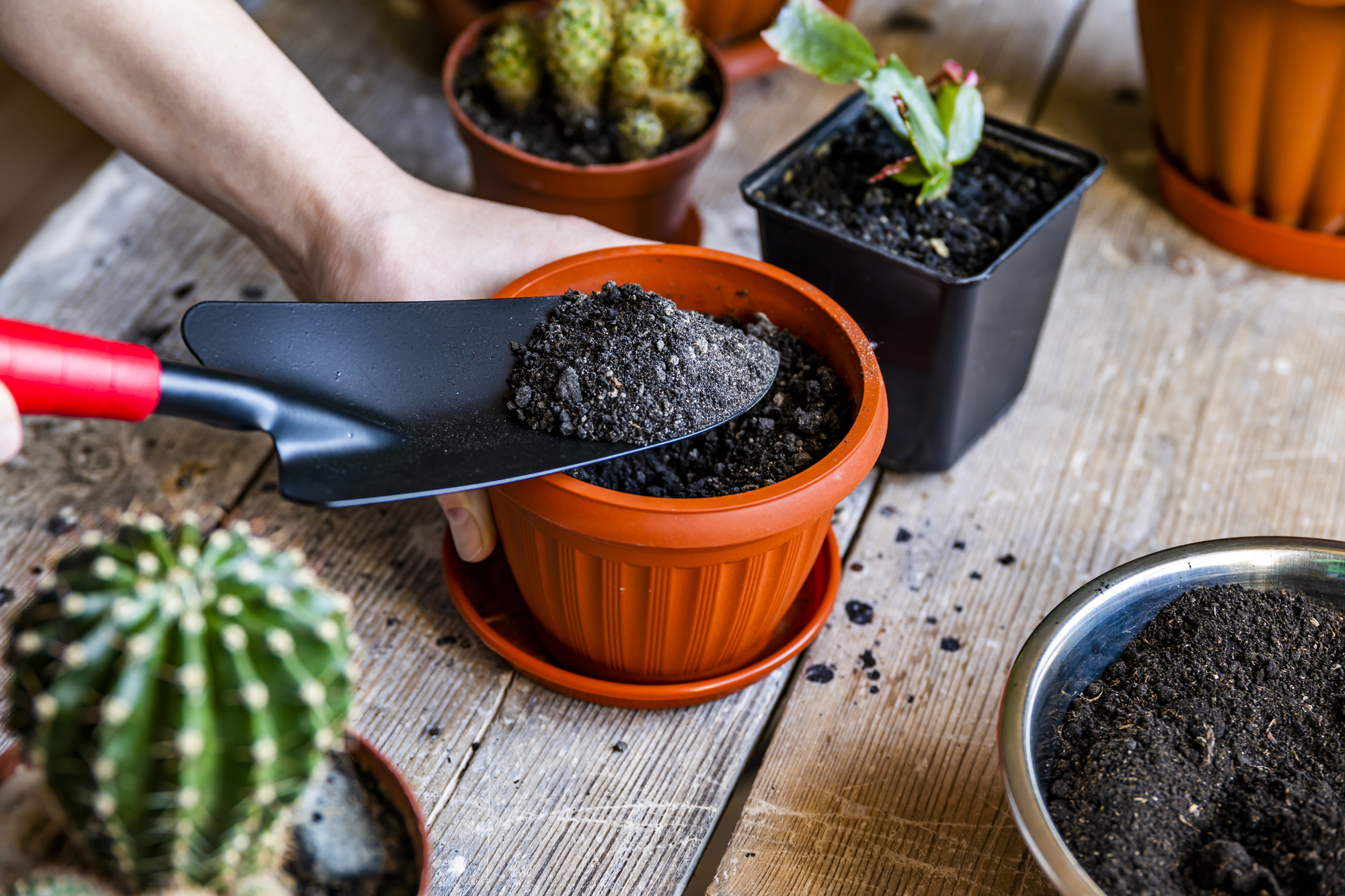
Using the wrong soil may also be affecting your succulents. 'Regular potting soil retains too much moisture, leading to wilting of your succulents,' says Richa. 'Use a cactus or succulent mix, or make your own with regular potting soil mixed with sand or perlite for better drainage.'
Adding some perlite, like this bag from Walmart, into your potting mix can aid water retention and retain moisture, perfect for succulents and cacti that need good drainage.
4. Oversized planters
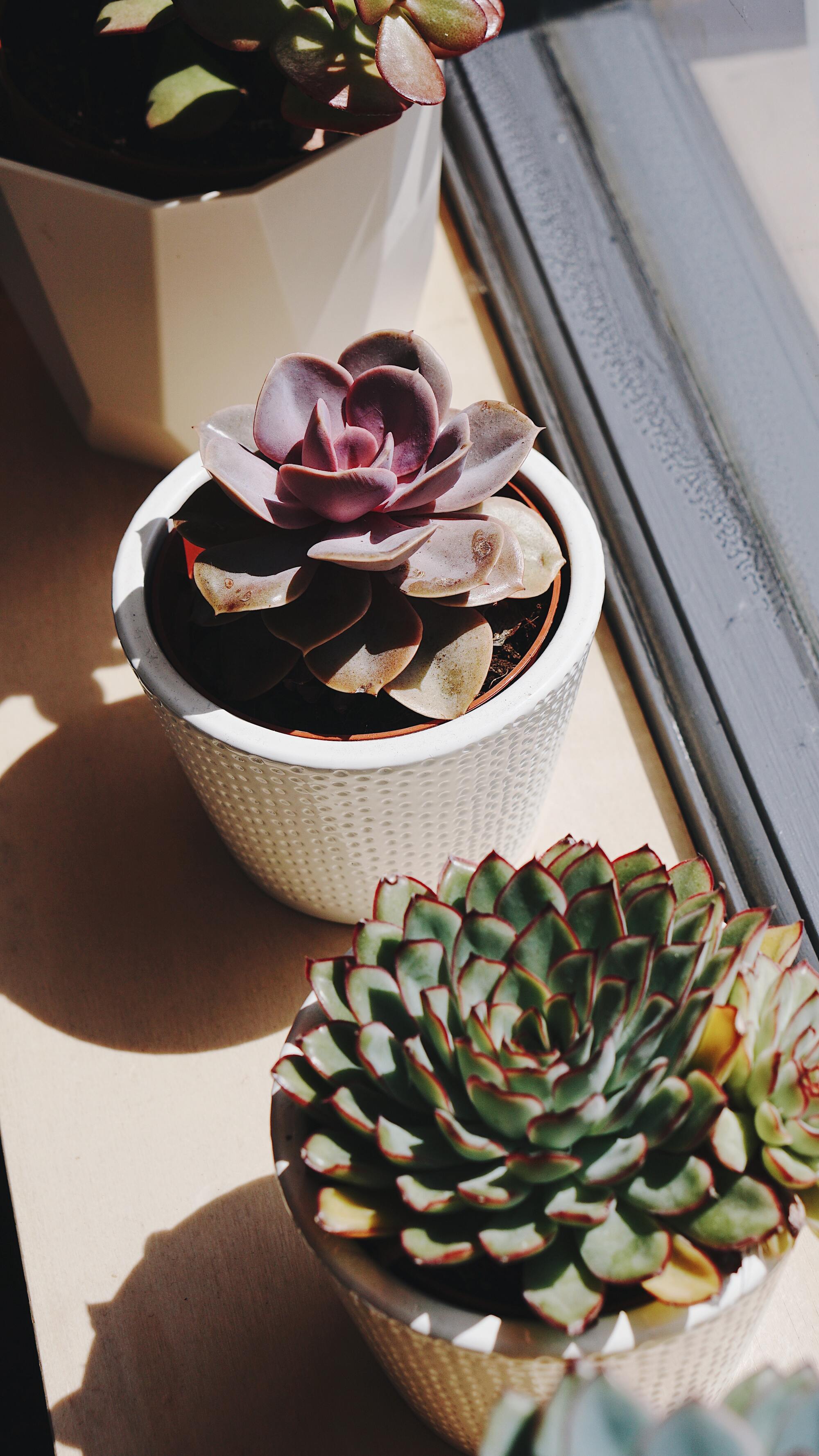
Another common mistake plant parents often make is potting up succulents into containers that are too large. 'Succulents are slow-growing plants with shallow root systems,' says Paris. 'Just because a succulent may appear large at the top doesn't mean the root system is equally as dense. There are some cases where this can be the case, but not always. Ideally, allow your succulent to get pot-bound in its container before upgrading the pot size.'
This may take several years depending on the plant, as some succulents grow faster than others. Paris also notes that the best planters for succulents are shallow, rather than deep.
5. Overfeeding
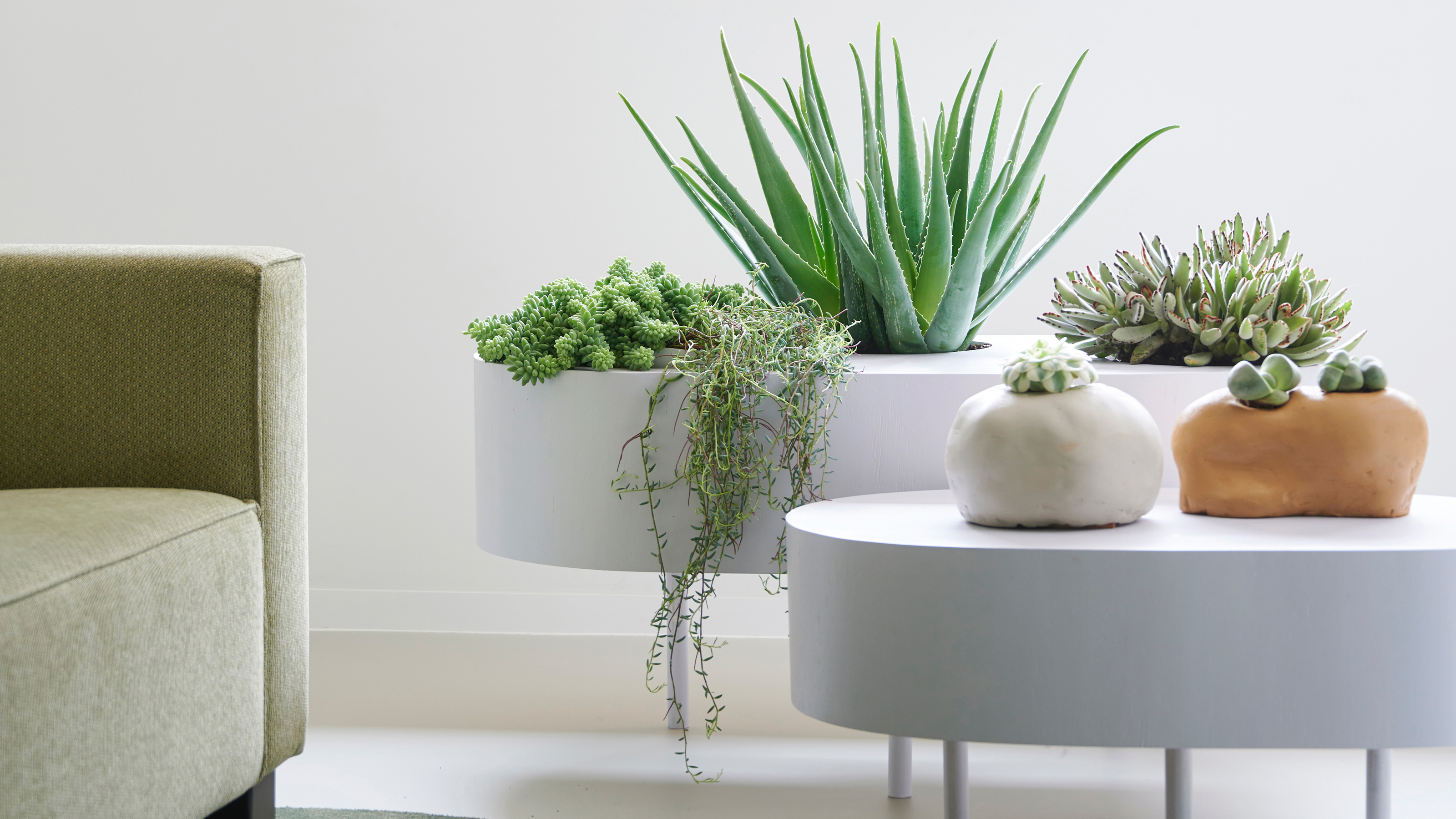
The correct plant food will help keep your succulents happy, healthy, and looking their very best— just be careful not to over-fertilize them. Overfeeding your succulents with a nutrient-rich fertilizer can actually cause more harm than good, leading to the dropping of leaves. 'Feed sparingly, no more than once a month during the growing season, with a balanced, diluted fertilizer made for succulents(like this one from Walmart),' says Richa.
Now that you know how to care for your succulents properly, it might be time to buy a few more!







